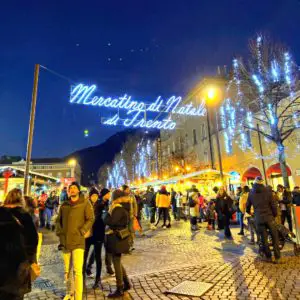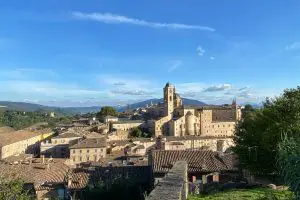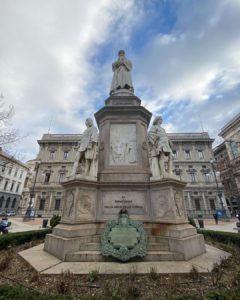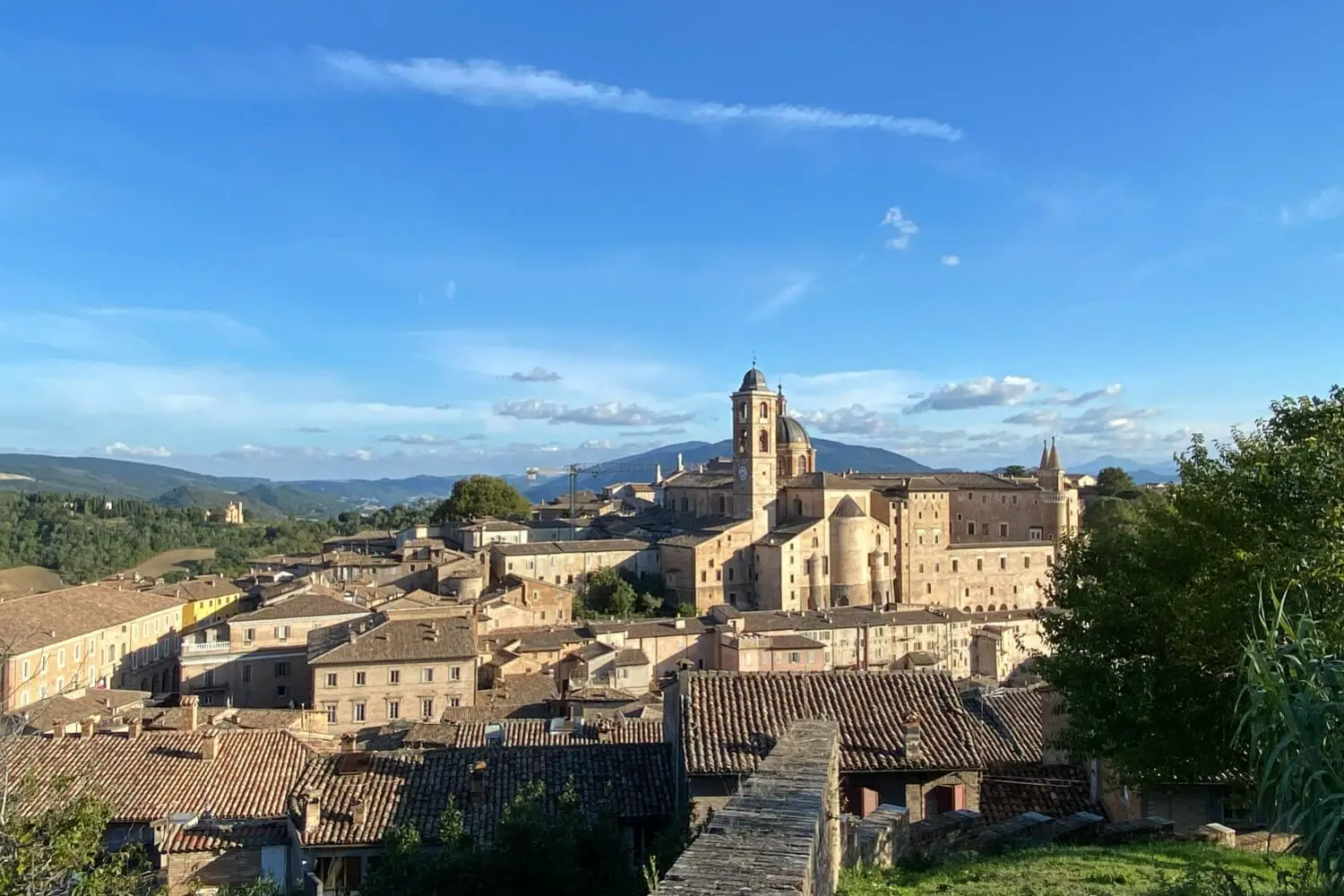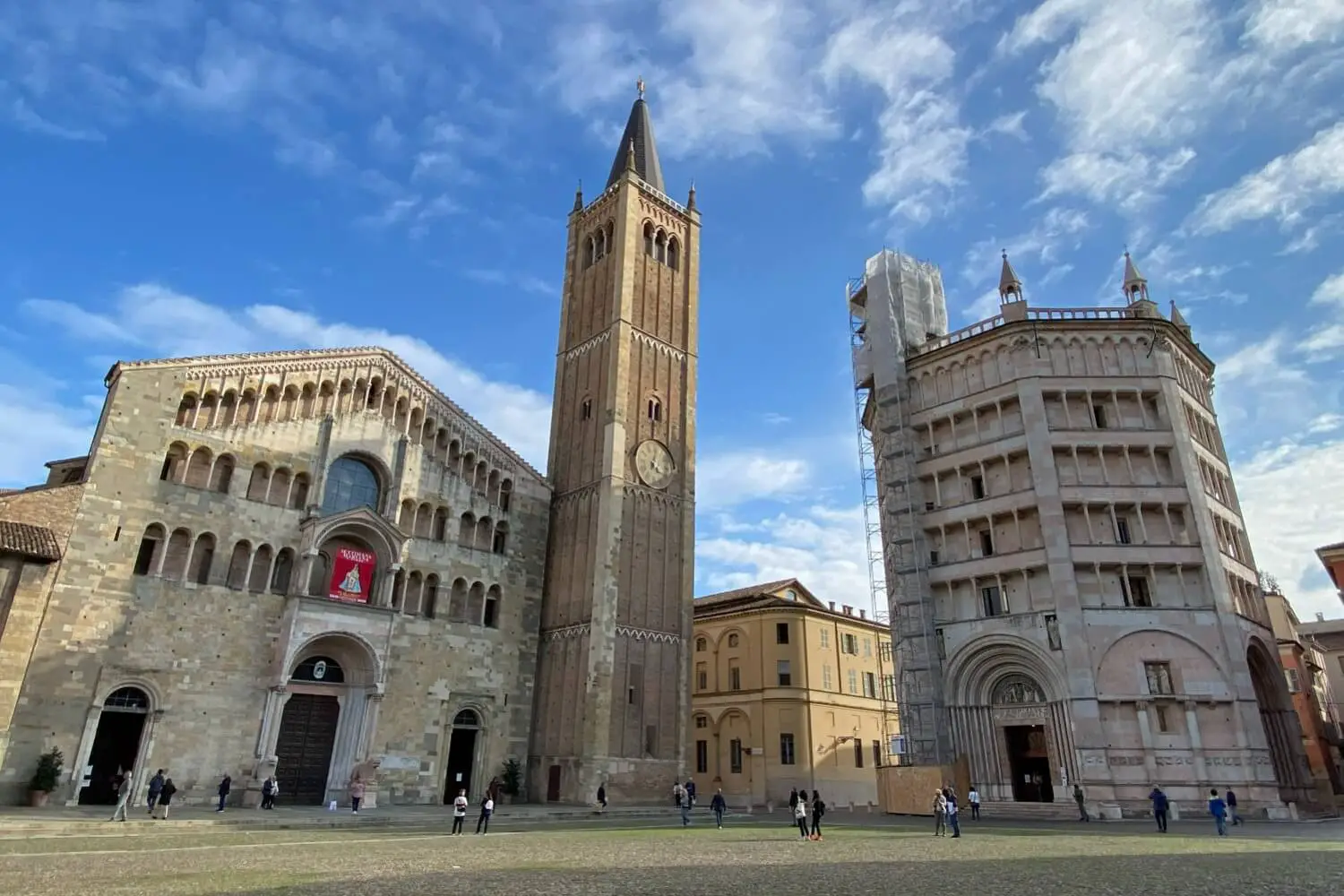Mantova, the sleeping beauty of Italy, as mentioned by The Guardian, also known as Mantua, is a city I’d never have known or planned to go on my own. On the last day of our road trip to Northern part of Italy, we decided to do a day trip to this little city. Man, what a discovery! Its understated beauty is apparent in the medieval architecture that one can find throughout the city. It’s a splendid Renaissance city which in which in 2008 was listed as UNESCO World Heritage Site and the elected Capital of Italian culture in 2016. As we drove through the city, we felt like we have been taken on the time machine back to medieval times.
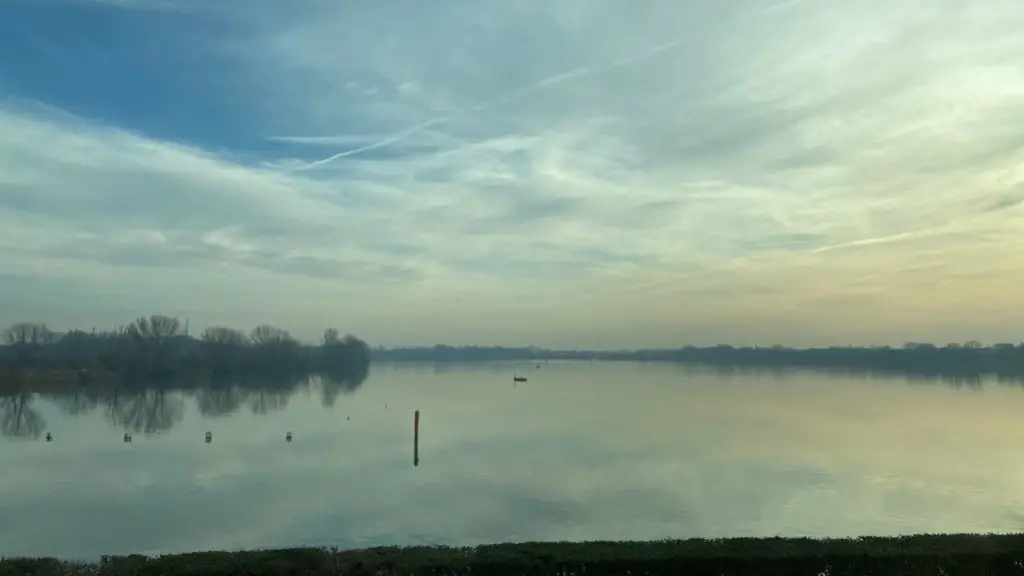
Mantova is surrounded on three sides by artificial lakes, namely Lake Superior, Lake Mezzo and Lake Inferiore. The drive to Mantova along the seemingly endless two-lane road surrounded by vast countryside misty fields is almost too romantic.

An interesting piece of information for some of you William Shakespeare’s fans. In the famous play he wrote, Romeo and Juliet, Romeo was punished for killing Tybalt, and thus was exiled from Verona to Mantova.
Piazza delle Erbe
This is probably one of the first place any visitors will land in Mantova. The Piazza delle Erbe is the central square in the old city, exuding a unique mystical atmosphere. One of the main landmarks is Torre dell’Orologio or the clock tower, a Renaissance clock tower that’s hard to miss. Next to it is the Rotonda di San Lorenzo. We also found a very popular forneria (bakery) and you know it’s popular by the big crowd inside and outside the shop.
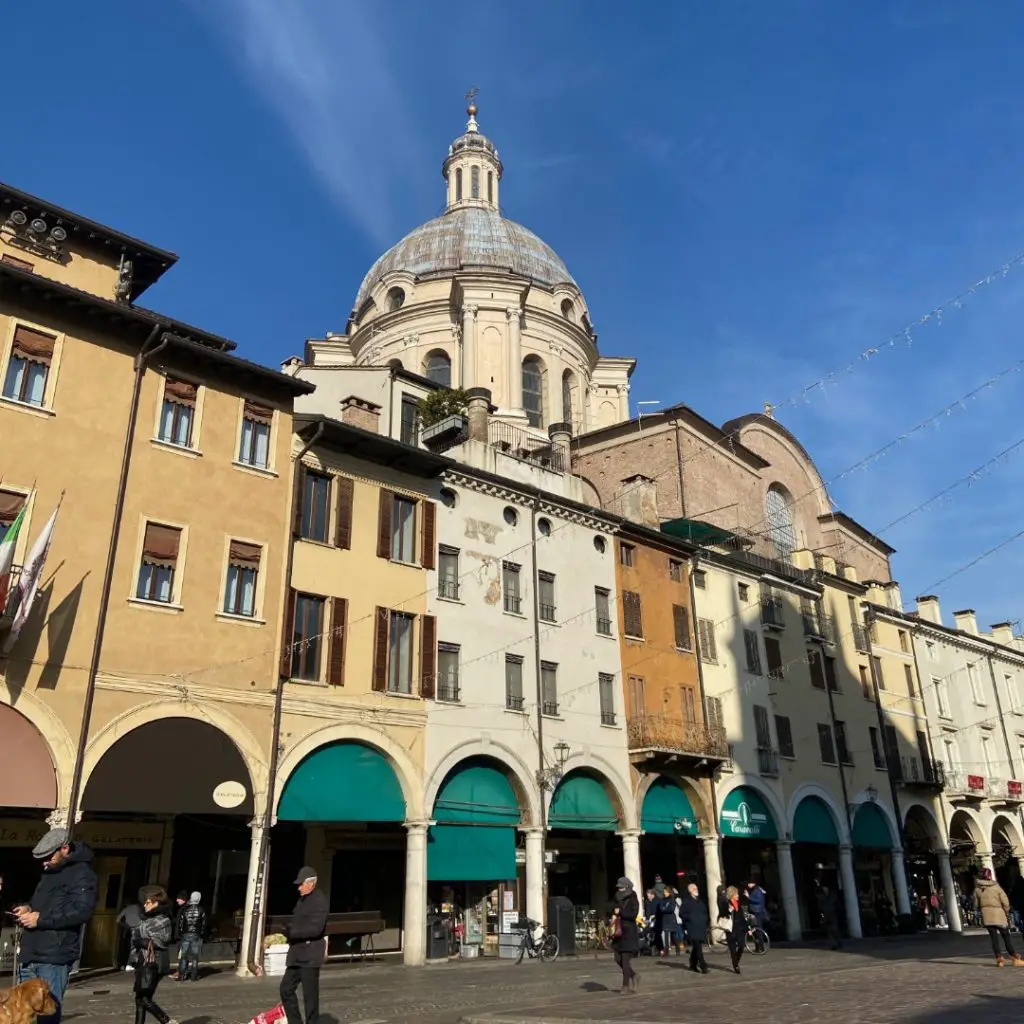
Torre dell’Orologio
The Torre dell’Orologio is a 15th-century renaissance tower on the Piazza delle Erbe, featuring an astronomical clock. It is attached to the Palazzo della Ragione, and next to the Rotonda di San Lorenzo.
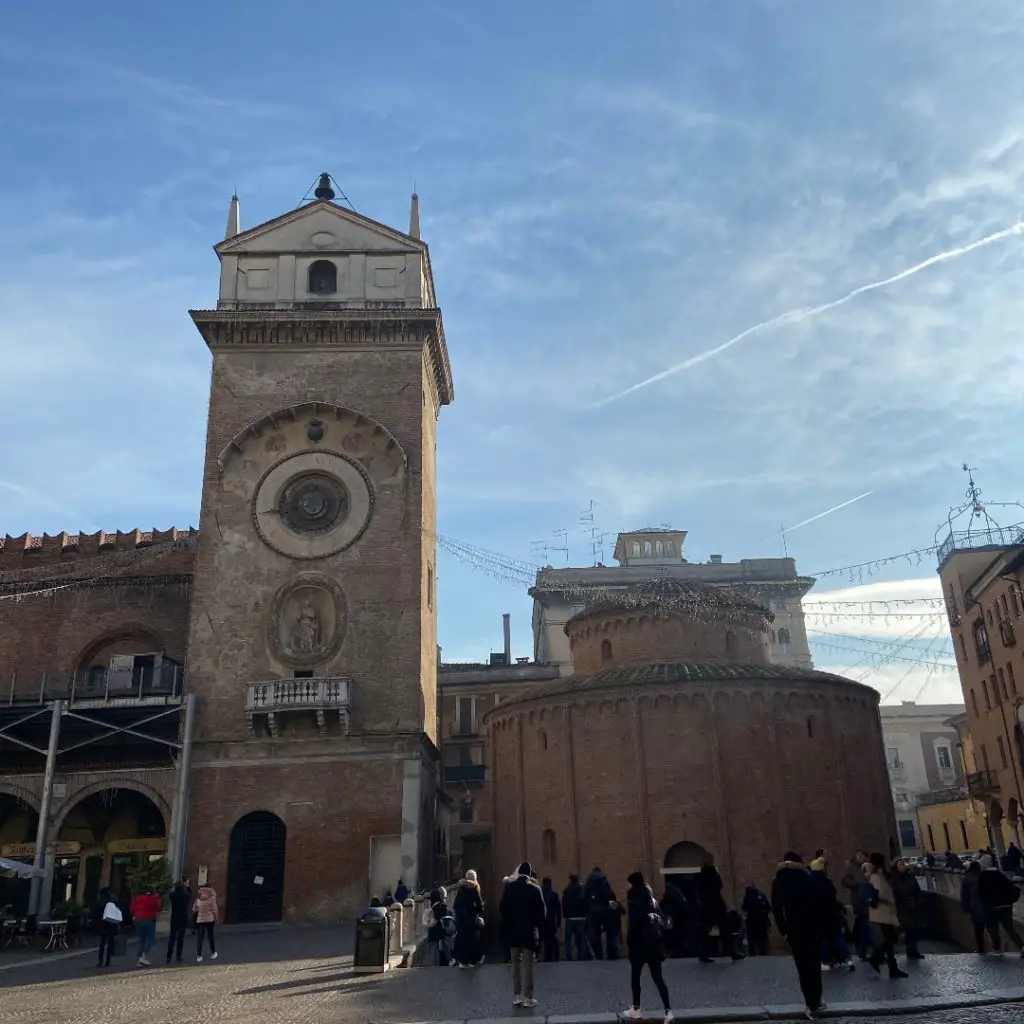
Rotonda di San Lorenzo
The Rotonda di San Lorenzo is the most ancient church in the city. It is believed that this church stands on the site of a Roman temple that was dedicated to the goddess Venus. Built in the late 11th century and inspired by the Holy Sepulchre church in Jerusalem, this round medieval building made of bricks is indeed beautiful and yet mystical. Some frescoes are observed on the already depleted walls but still very charming nonetheless. Everyone in the building observed and respected the silence. It felt like a very holy place just sitting in the Rotonda immersing in the atmosphere.

Interior of Rotonda
A popular forneria
We had a quick stop at this popular forneria in the piazza, there’s a long queue inside and outside the shop, so can’t go wrong. I was amazed by the variety of pickles, reserves and jams. Wine in plastic cups are also dispensed on the counter. The panini we had was pretty awesome too! Had a fun experience drinking wine from a plastic cup and sharing a panini standing over a tall table just outside the forneria.
Basilica di Sant’Andrea
The basilica is said to possess the relic of the sacred blood of Christ, the basilica is a 15th century Renaissance church extensively decorated with frescos and paintings in the interior. Unfortunately we only managed to catch a glimpse of the exterior and not the inside. Why? I guessed we didn’t know the significance of this basilica, only after we left Mantova. One of those regretful moments we had.
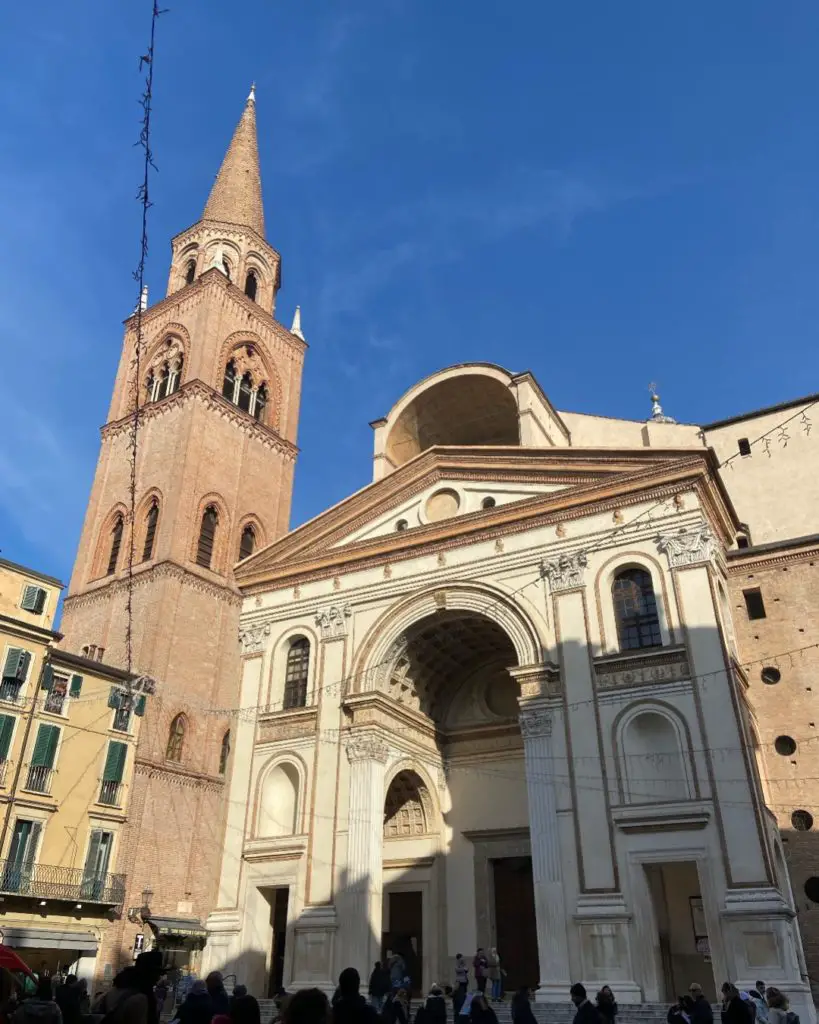
Giardini di Piazza Lega Lombarda
This garden looks quite grand by the scale, it doesn’t seem like just any garden at the back of a grand architecture. It’s next or near to a castello. Right in the heart of Mantova, I think in Spring, it’ll be super cool and romantic to spend an afternoon here.
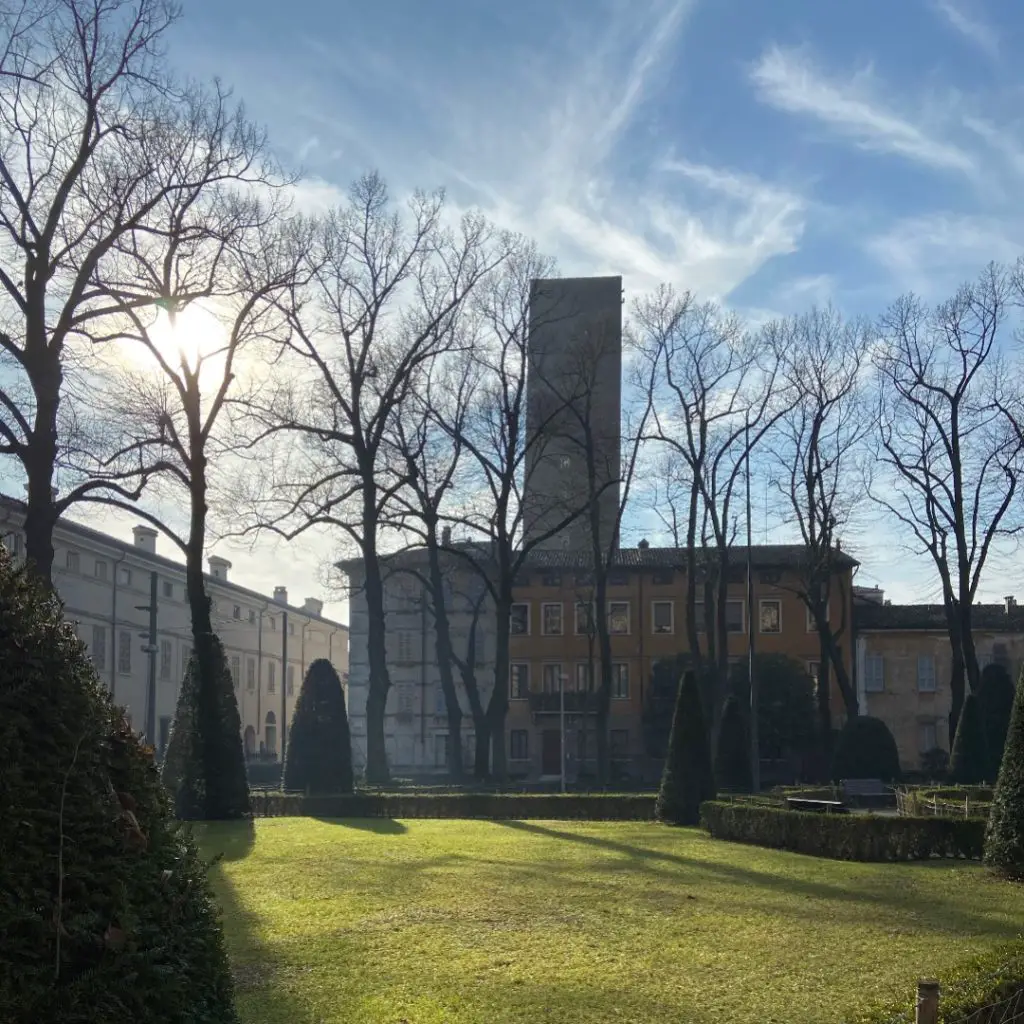
Cathedral of Mantova
The Cathedral of Mantova, or Duomo, was dedicated to Saint Peter the Apostle. Built in the 11th century in the Romanesque style, the cathedral went through changes from 14th century onwards. When we visited, the cathedral is immaculately maintained, we read from a signboard that over the years it has undergone several renovations so as to show off different styles that coexist harmoniously. The bell tower is Romanesque, the main facade is late Baroque while the right side is Gothic in red brick. Inside it has a very particular architectural structure with five naves separated by Corinthian columns. This is the main place of worship in the city of Mantova. Admission is free.
We didn’t have much time and I wish we can come back one more time and spend more to explore this unique city.
Next stop, home, then a surprise detour to Cascata delle Marmore, the tallest man-made waterfall in the world.
Trip made on 2 January 2020.

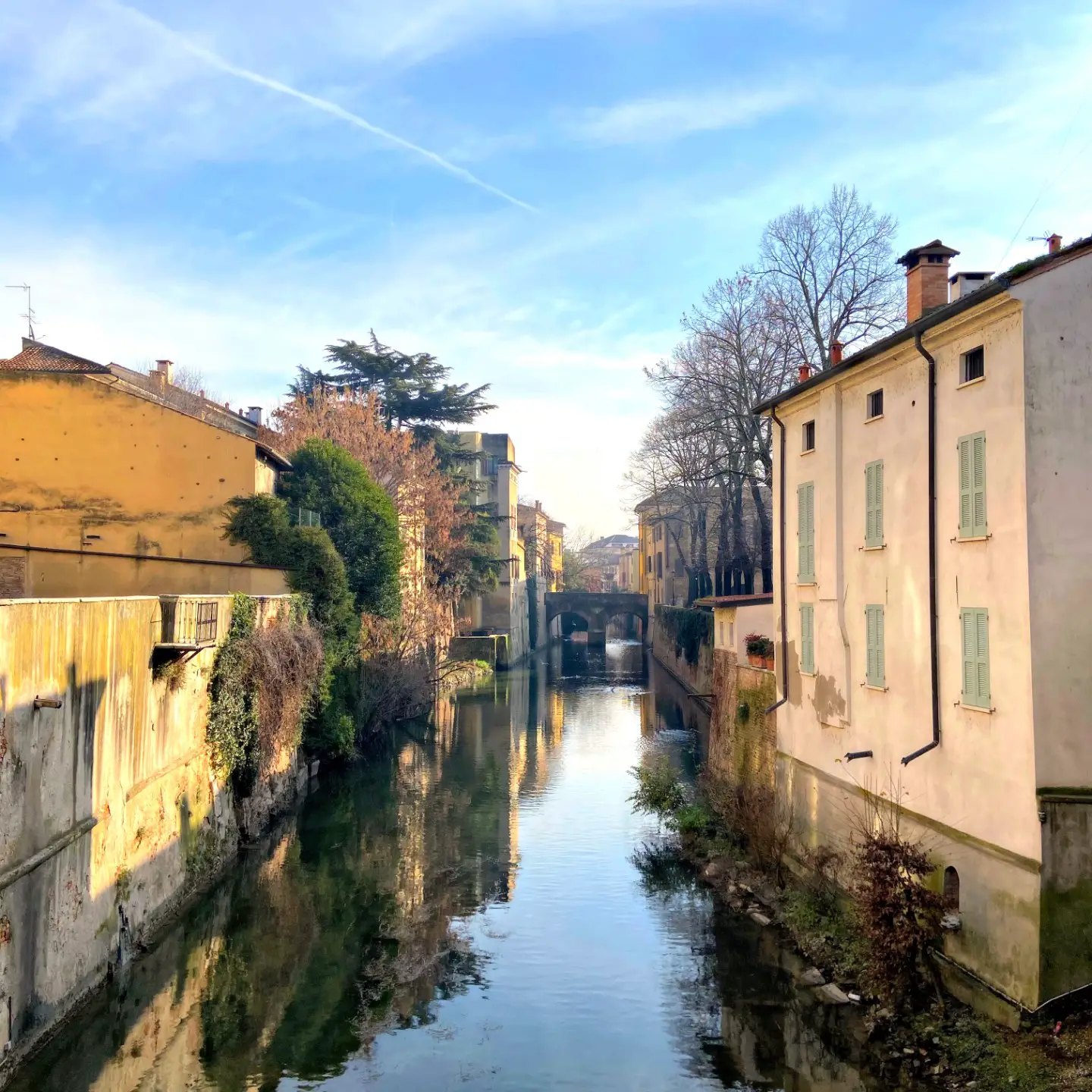
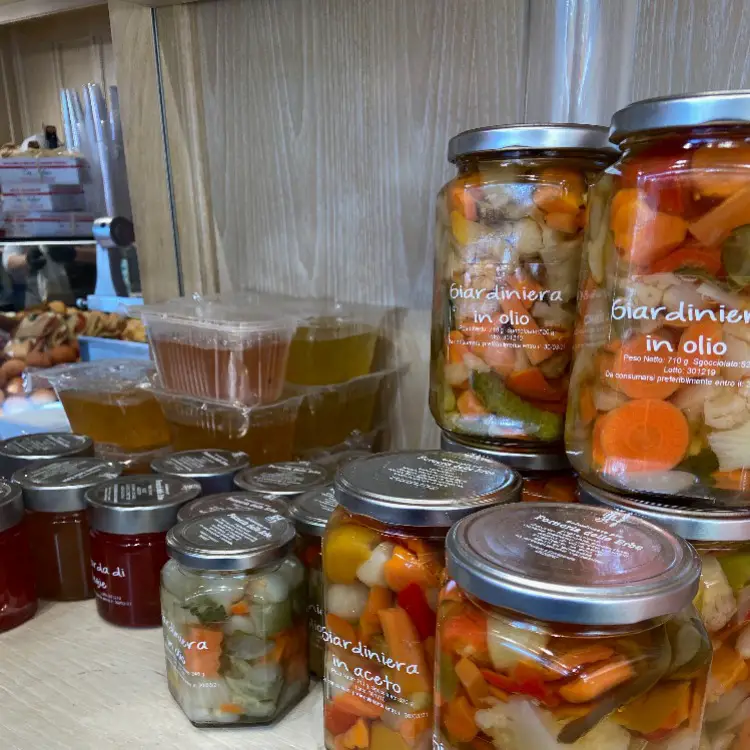
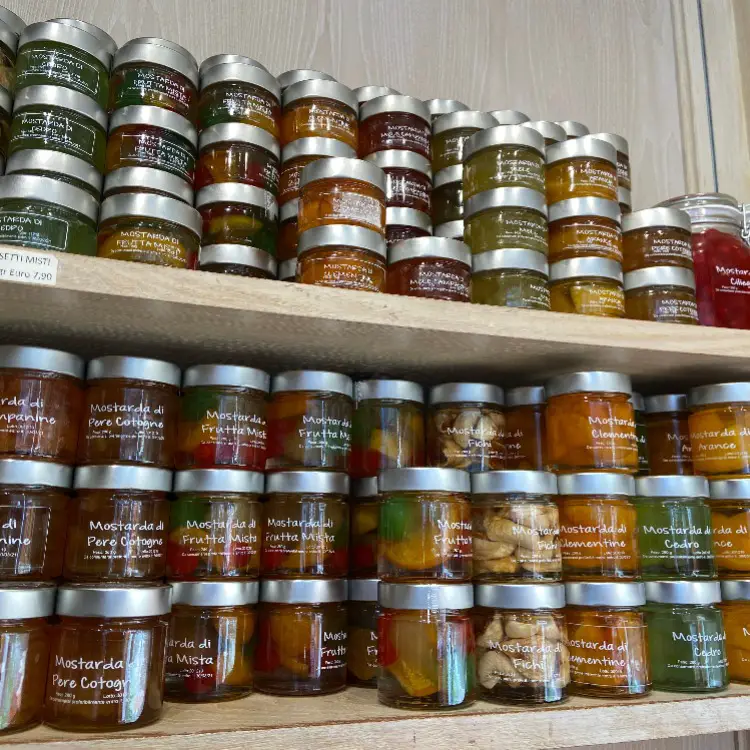
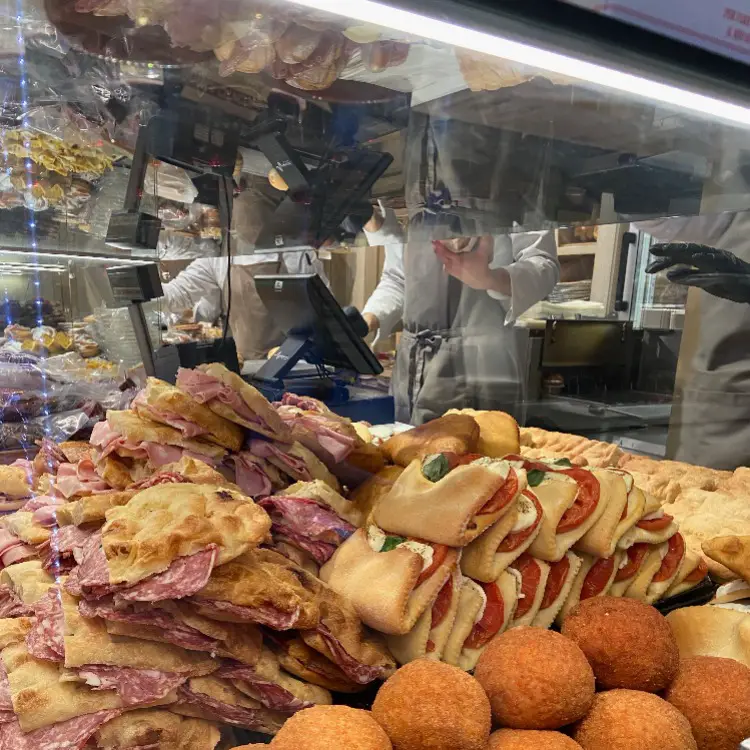
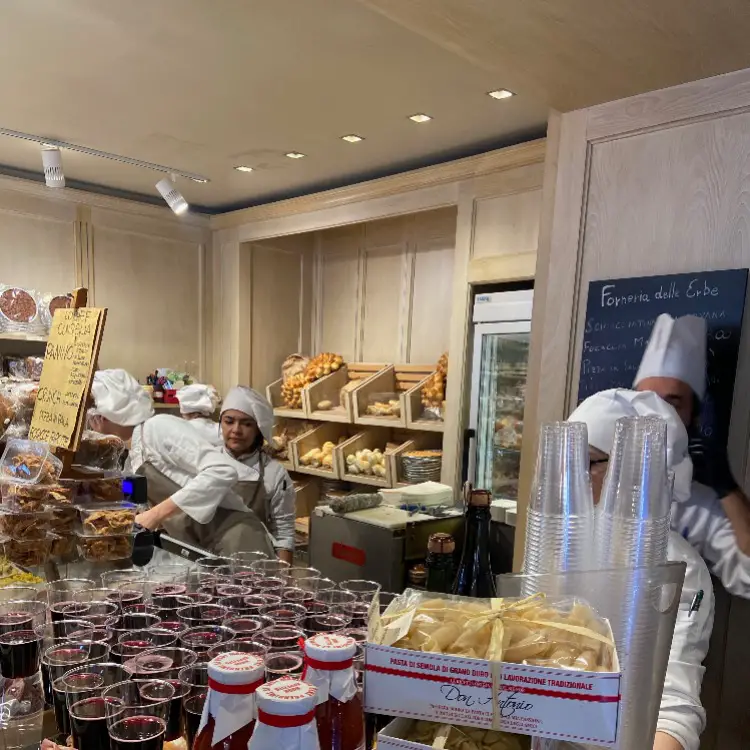
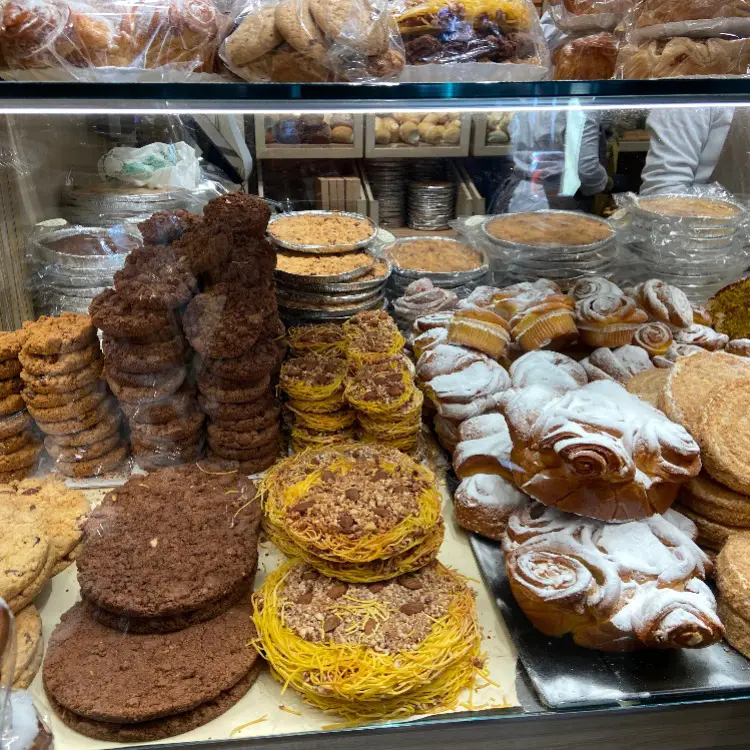
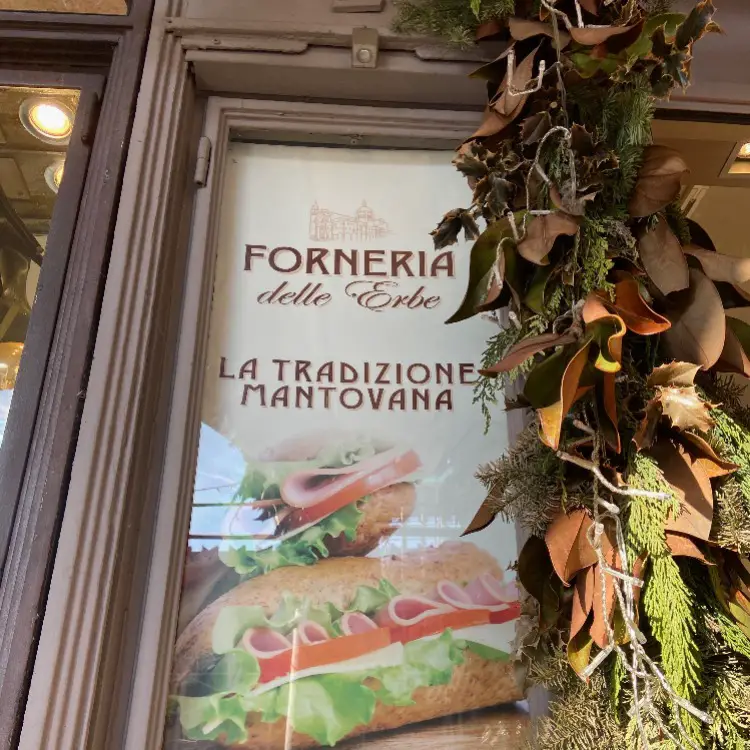

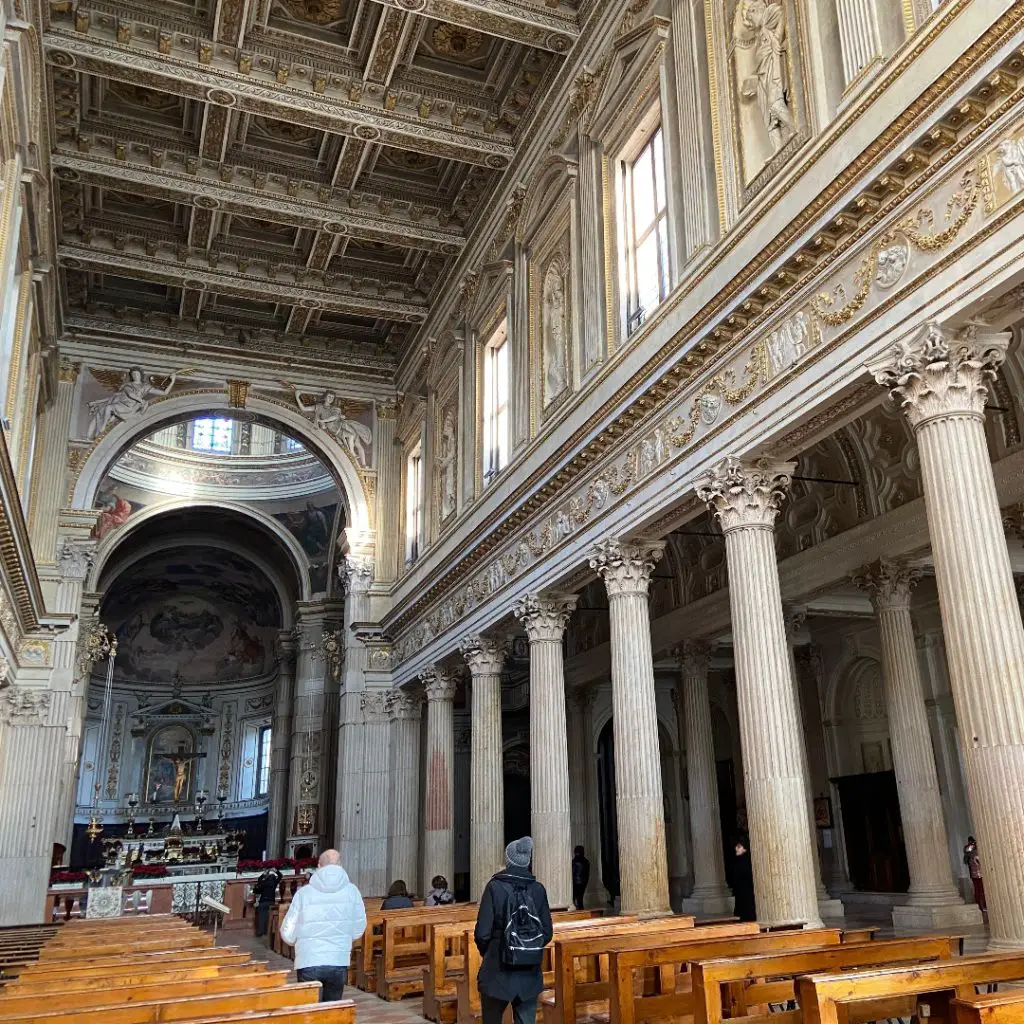
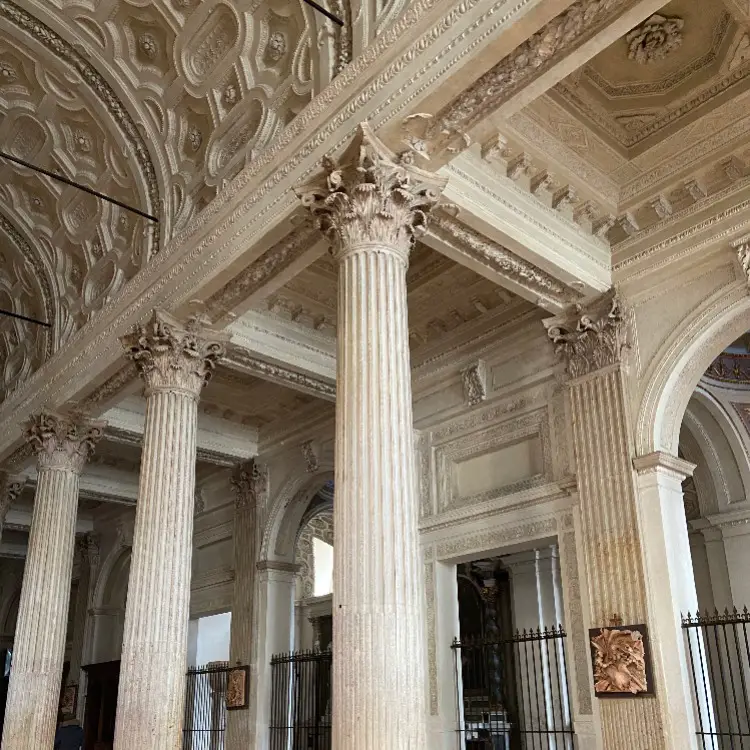

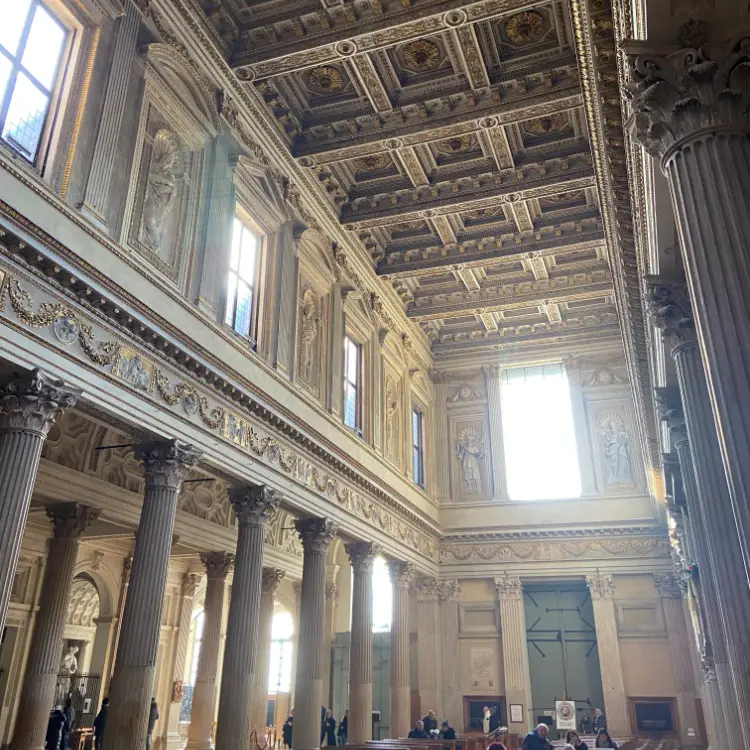
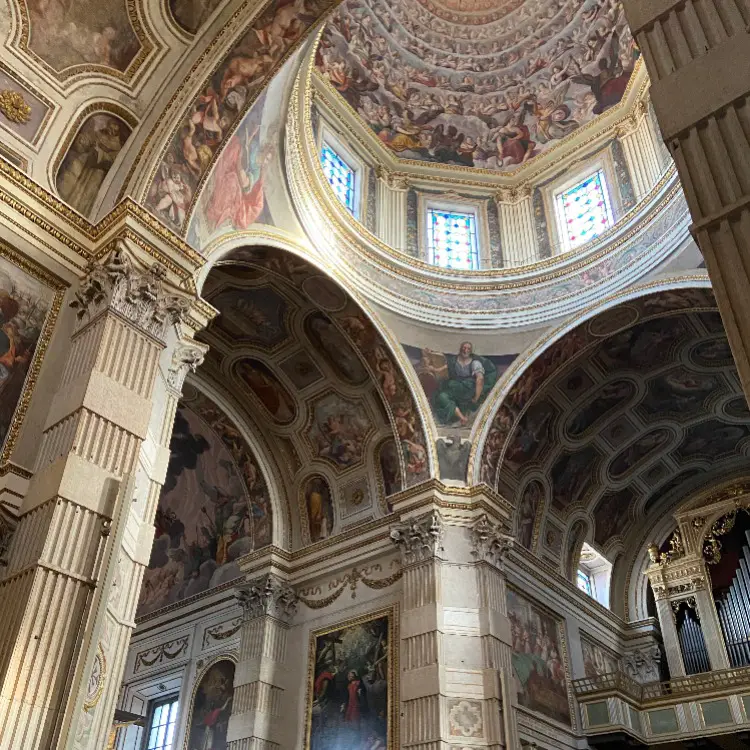
 Easy Lasagna with homemade tomato sauce
Easy Lasagna with homemade tomato sauce How To Cook Rice On The Stove
How To Cook Rice On The Stove